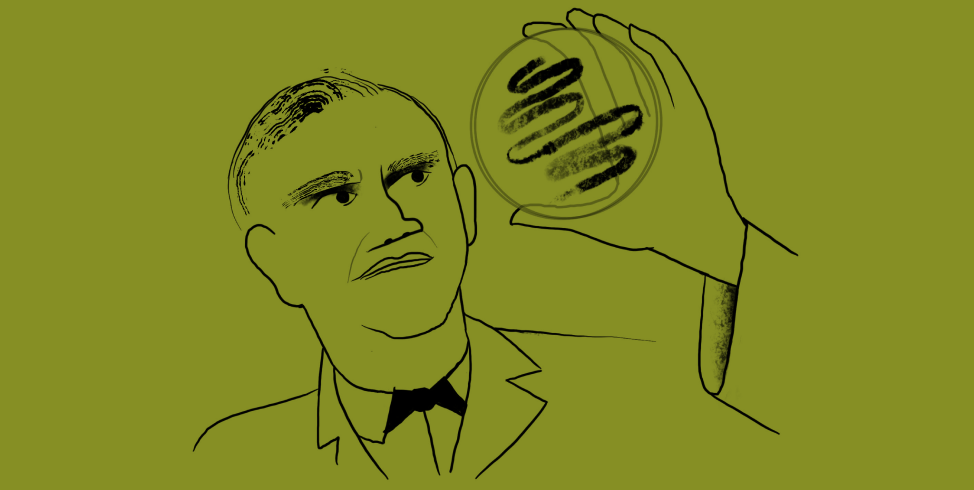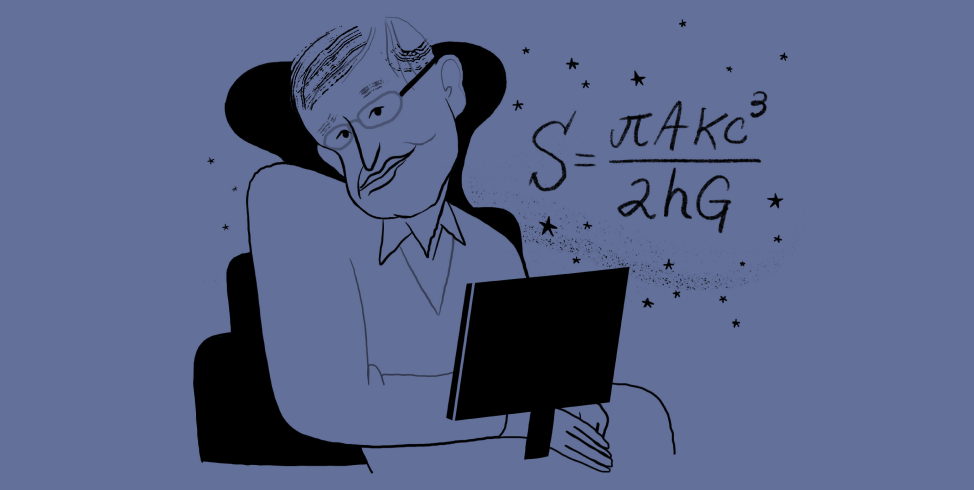Tony Ellwood
Dear Mr Warhol, welcome to the NGV! How incredible to have you here. We showed some of your work a few years ago, a double whammy of you and Ai Wei Wei. It was a hit!
Andy Warhol
Um. Well. Gee whiz.
Tony
And now here you are, in person! I can’t quite believe it. If you come up the escalator with me, there are some pieces I could show you. We’ll walk through some of our traditional sections on the way. I think people would expect you to have a distaste for traditional art, but I’m not so sure. I heard a thing or two about you funding the most old-fashioned art school in the country? Plus, without the rich history of art over the centuries, surely your work could not have existed?
Andy
Mmm, It is not that black and white. I’ve collected everything from rare Art Deco furniture and jewellery to plastic Flintstones watches. I have Brillo boxes, but also a plaster bust of Napoleon and an ancient marble head of Hermes. I turned things on their head because that’s what the world needed. It was to show art is anything you can get away with.
Tony
Anything?
Andy
Anything.
Tony
Television?
Andy
Art.
Tony
Scars?
Andy
Art.
Tony
Fame?
Andy
Definitely art. But then—that’s always been art. People aching to leave something permanent behind, that’s been happening for centuries. Um. People are art. Fruit bowls are art. Packaging boxes are art. Being good in business is the most fascinating kind of art. Making money is art and working is art and good business is the best art.
Tony
That was pretty offensive to people though. Or if not offensive, at least shocking. A Brillo box as art? Mass-production as art? Or, god forbid, a can of soup as art, and mass-produced at that? Ballsy. What were you thinking?
Andy
In America we were seeing abstract expressionism. It was gestural, spontaneous. Er… Um. You had Jackson Pollock, basically attacking his canvases with paint splatters. And people like Rothko, painting feelings; emotions; contemplation. And that was all well and good for a while… But Modernism got boring. I wasn’t interested in that, I wanted to show the world. I wanted to show the mundane. It wasn’t about feelings or personal stuff. It was about life. Modern life. Everything was changing, so why wouldn’t art? I was obsessed with time capsules. I saved everything. Movie-ticket stubs, newspaper clippings, cowboy boots, wigs, dental moulds, pornography, Polaroids…
Tony
So you turned to the everyday?
Andy
I liked making uninteresting things interesting. Things people didn’t really think about as art. I liked challenging… anything. For so long art was time-consuming. It was elite. It was revered… It wasn’t really about you and me, or our lives. I started as a commercial artist and that influenced me as well. I started ‘manufacturing’ art instead, just like you would any other old thing. Years later I didn’t call my studio the Factory for nothing — it was about commercial productivity, and viability. And it was cool.
Tony
That approach kind of messed with people.
Andy
I mean, my can of Campbell’s Soup artwork sold for $1,500 while the can itself would only set you back six bucks, just down the road. $1,500 was a lot of money at the time! Anyway. Some people hated it. I was called a killer of art, you know. I could have made that art.
Tony
I’m sure it would have sold. We’d probably display a tissue if we found it in one of your time capsules, really. Maybe in the Schaeffer Gallery, to create a new context around it?
Andy
Er. Yeah. But there were a bunch of us. I might have been the poster boy, but things were happening here, in the UK, and across the globe. We were all using art as a reflection of society. Anyway. Why don’t you ask my assistant Gerry Malanga some questions? He did a lot of my paintings.


